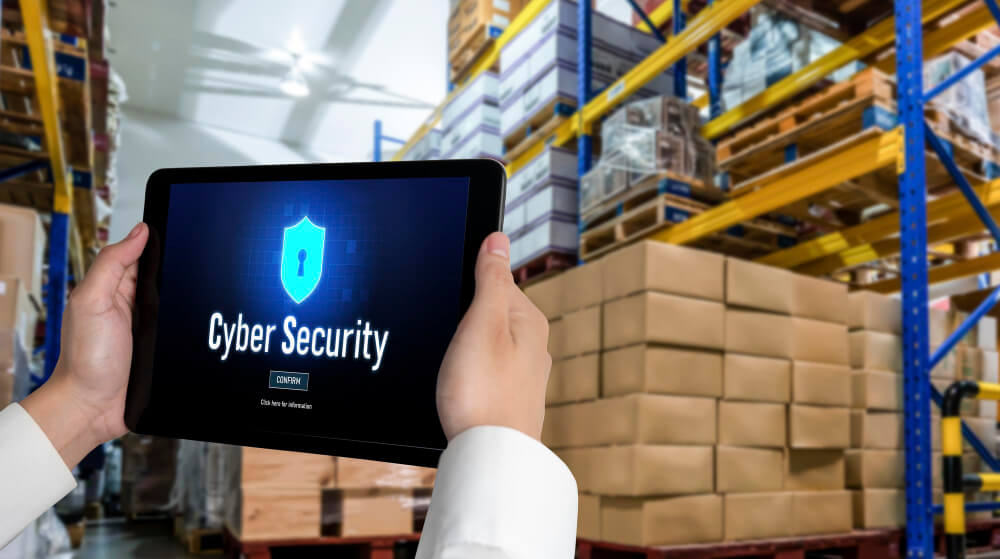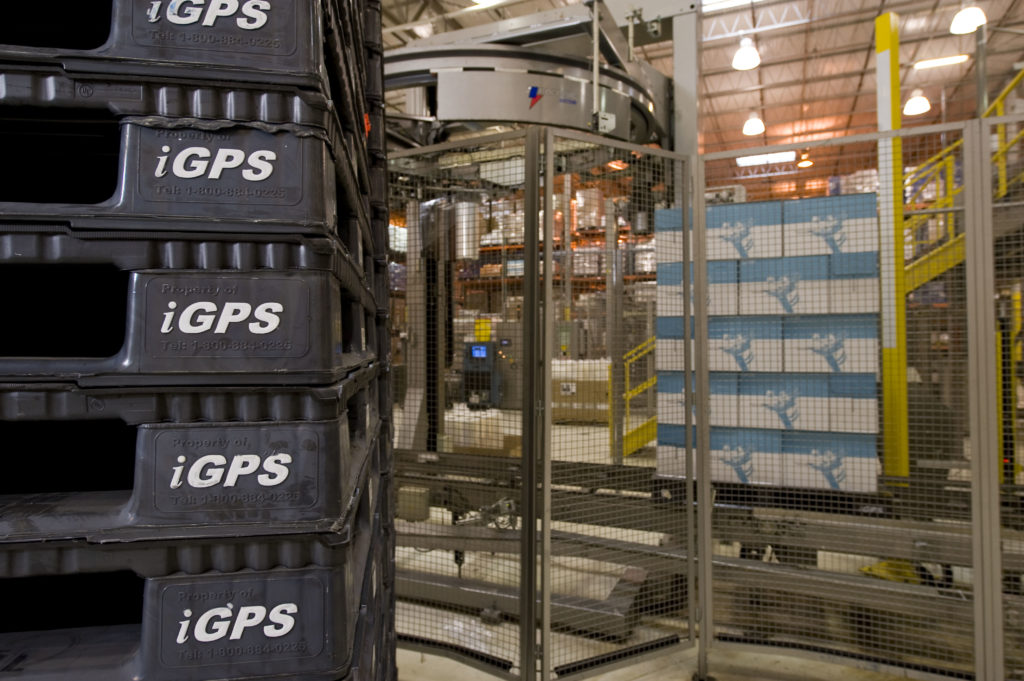Key Takeaways:
- October is Cybersecurity Awareness Month, which focuses on awareness, education, and improved organizational alignment around cybersecurity issues.
- A business’s success and the resilience of its supply chain depend not only on its own security, but also that of its partners.
- Cybersecurity Awareness Month is an opportunity for every organization to assess its resilience and that of its partners.
- Key priorities for cybersecurity resilience include mapping the relationship ecosystem, setting clear security expectations, and celebrating successes.
- Cybersecurity Awareness Month is a catalyst for action that should fuel a holistic, year-long effort.
A supply chain is only as strong as its weakest link, and each October, Cybersecurity Awareness Month reminds us that our greatest vulnerabilities may not lie in the visible assets and infrastructure we see all around us. Our weaknesses may reside in the digital world of ones and zeroes.
A business’s success depends not only on the security and robustness of its own systems, but also of every partner it works with. Logistics firms, cloud hosting providers, software vendors, and automated equipment makers encompass a complex and interdependent ecosystem. A successful cyberattack on any component of this network can ripple outward, disrupting operations, slowing the supply chain, and eroding customer trust.
Cybersecurity Awareness Month gives us the opportunity to pause and assess our supply chain resilience. It’s not enough to be compliant and secure. Organizations must also hold their partners accountable and be prepared to act quickly and decisively when something goes wrong.
Cyberattack techniques have become increasingly sophisticated. Not only do skilled hackers pose a risk, but a new generation of threat actors with minimal technical skills, thanks to the increasing power and accessibility of AI, also have the ability to compromise critical systems and infrastructure.
This is why resilience must extend beyond the boundaries of any one organization. A vendor or partner’s vulnerability is your vulnerability. Cybersecurity Awareness Month serves as a reminder to leaders to address this concern head-on, breaking down internal silos and reinforcing that digital security is not only the realm of information technology professionals. It must be an organization-wide priority.
Five Priorities for Supply Chain Cybersecurity Resilience
As you assess your internal and external security framework this month, here are five key priorities that can strengthen your defenses and your partnerships:
- Map your relationship ecosystem. Understand who your critical partners are, what data they access, and which departments and business functions depend on them. There is no security without transparency and visibility.
- Set clear security expectations. Security obligations should be a fundamental component of agreements and contracts — never an afterthought. Include clear requirements for encryption, multifactor authentication, and notifications when breaches or other security incidents occur.
- Never trust, always verify. Adopt a Zero Trust mindset, assuming that any partner, device, or user could pose a security risk, and conduct continuous monitoring and verification.
- Test your resilience. Regular drills and tabletop exercises with vendors, procurement, and the PR team can identify gaps and blind spots in systems and processes. Preparedness is crucial.
- Celebrate successes. Regularly share KPIs and progress metrics and take the time to recognize teams and partners that strengthen your policies and procedures. Increased communication builds credibility, awareness, and trust.
Turning Awareness Into Action
Cybersecurity Awareness Month is a catalyst for energy and action. It affords leaders the perfect opportunity to make cybersecurity an organization-wide priority with executive buy-in. It is also a chance for business units to align more effectively in service to a unified goal, including enhanced supply chain resilience. For example, procurement can’t negotiate strong security terms into agreements if information security teams don’t specify what “strength” entails. Legal counsel can’t hold partners to their commitments if they don’t understand what to enforce. And sales and account teams can’t reassure clients if they aren’t looped in every step of the way. October is a moment to bridge these gaps and ensure that every department employee understands how their daily decisions, such as onboarding a new vendor or sending an email attachment to an external partner, connect to larger organizational risk exposure.
And when October ends, remember that resilience is not seasonal. Cybersecurity Awareness Month should spearhead a sustained, year-round effort that includes quarterly vendor reviews, ongoing monitoring of system access, and regular reviews of progress and lessons learned. Regular training of both internal teams and even partners when appropriate is also essential for success.
The challenges posed by cybersecurity threat actors are daunting. Even the most mature and robust organizations are regularly put to the test. But with collaboration, awareness, and unflagging partnership, businesses can stay one step ahead and keep their supply chains and critical business operations running smoothly.
Frequently Asked Questions
What is the primary challenge with cyber security in supply chains?
The primary challenge with cybersecurity in supply chains is the lack of visibility and control over third-party vendors. Each partner in the chain introduces potential vulnerabilities, and even one weak link can compromise the entire system. Managing diverse security standards, data-sharing risks, and compliance across global networks makes protection especially complex.
What are the “Five C’s” of cyber security?
The five C’s of cybersecurity are Change, Compliance, Cost, Continuity, and Coverage. These principles guide organizations in maintaining resilience by adapting to evolving threats (Change), meeting regulatory requirements (Compliance), managing security investments (Cost), ensuring operations during disruptions (Continuity), and protecting all aspects of the business environment (Coverage).
What are common approaches used in supply chain cyberattacks?
Common approaches used in supply chain cyberattacks include compromising software updates and exploiting third-party access. In the first, attackers insert malicious code into legitimate software updates, spreading malware widely. In the second, they target vendors or service providers with trusted access, using those connections to infiltrate the primary organization’s systems.
Companies focused on secure supply chains choose iGPS Logistics because its pallet solution offers two key features: reliable availability from a nationwide pooling system and comprehensive built-in tracking technology. For more information, contact us at 1-866-556-8015, email a specialist at switch@igps.net, or visit our contact page.



